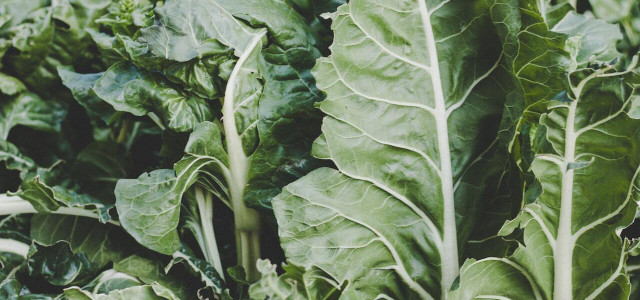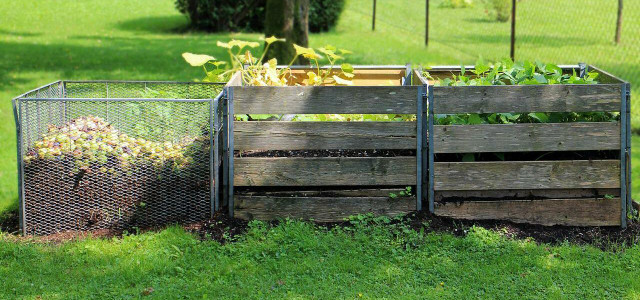The edible leaves are a valuable and often overlooked part of many vegetables. Fight food waste and add more nutrients to your diet with edible veggie leaves.
Many kinds of edible leaves are found in popular dishes across the country. Things like spinach, lettuce, and different types of cabbage make for delicious salads and slaws. But aside from the obvious, many other vegetables have edible leaves packed full of important vitamins and minerals essential for a balanced and healthy diet. We’ve compiled a list of some vegetable leaves you can eat — some may surprise you.
Edible Vegetable Tops
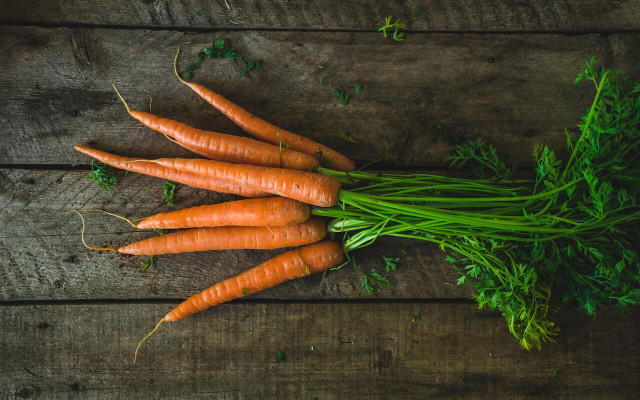


Certain vegetables are topped with leaves or greens that tend to get thrown away, as we see them as superfluous to the vegetable itself. Green living focuses on using as much of a product as possible, limiting the amount of food waste. So instead of throwing those edible greens in the compost, try incorporating them into your next meal. You can enjoy all of the following raw or cooked.
- Beet Greens: while you can eat them raw, beet greens taste great if you sautée them with garlic and add them on top of a vegan Buddha bowl. You can also enjoy them alone or mix them into your next omelet.
- Carrot Tops: these edible leaves make an ideal substitute for parsley and can be chopped finely and added to soups, stews, pasta, or used as a garnish. Consider using carrot tops to make an easy chimichurri sauce.
- Celery Leaves: another excellent substitute for parsley, you can use celery leaves in a healthy spring salad, tabbouleh, or even a post-workout smoothie.
- Kohlrabi: treat the top of the plant like collard greens, so steam or sautée them for the best flavor. Alternatively, you can chiffonade the leaves and add a tasty vinaigrette.
- Leek Tops: add instant umami to your dishes by frying the green leek tops and adding them to rice dishes, soups, and stews.
- Radish Greens: much like the radish itself, the greens have a peppery flavor that can enhance traditional pesto. You can also toss them on top of sandwiches as a lettuce replacement or into green salads.
Other Edible Leaves
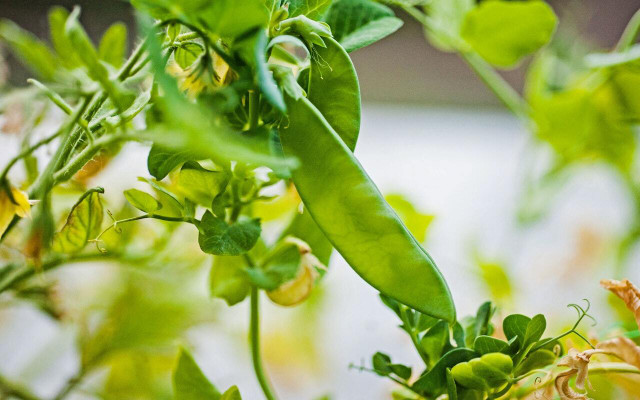


Several other edible leaves on common vegetables are chocked full of beneficial nutrients. Whether you grow these easy vegetables at home or purchase them from your local farmers’ market, the edible leaves should not go to waste.
- Bean Leaves: the leaves of any bean plant are edible, though their fibrous texture may mean you wish to cook them before consuming them. They make a great addition to curries, soups, and stews.
- Broccoli Leaves: there are plenty of ways to eat broccoli leaves, and you can enjoy them raw and cooked. Don’t forget you can also use the broccoli stalk to make enjoyable meals.
- Cauliflower Leaves: much like broccoli leaves, cauliflower leaves are also edible and can be roasted, sautéed, or blended into soups.
- Cucumber Leaves: these edible leaves may cause an upset stomach if not prepared properly, so it’s recommended to cook them thoroughly before serving. You can use them to flavor soups and stews or cook them in a stirfry.
- Pea Leaves: pea greens are delicate edible greens best highlighted with a light vinaigrette, though lightly sautéeing them will also bring out great flavor.
- Squash Leaves: due to their fuzzy texture, we don’t recommend eating squash leaves raw, but you can enjoy the edible leaves of pumpkin, zucchini, and other winter squash varieties sautéed in a bit of olive oil or added to a hearty stew.
- Sweet Potato Leaves: not to be mistaken with the potato plant, sweet potato leaves (ipomea batatas) can be enjoyed much like spinach leaves. Be warned: they have a very strong flavor.
Potentially Toxic Leaves
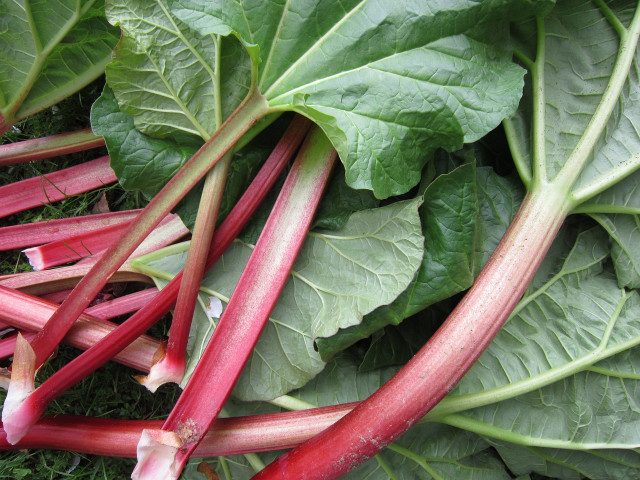


Not all vegetables should be enjoyed from root to stem due to certain compounds they hold.
Rhubarb leaves contain a compound called oxalic acid, which is toxic when consumed in high amounts. Even though leaves make up most of the plant, rhubarb leaves are not edible. They don’t need to go to waste, however, as there are other uses for rhubarb leaves.
You should also avoid Potato, tomato, pepper and eggplant leaves. They are considered nightshades in the Solanaceae family, and the plant and leaves produce steroidal alkaloids — which may be harmful.
Read more:
- Growing Vegetables from Scraps: How to Regrow Vegetables
- How to Reuse Leftover Food: 8 Ideas
- Do You Need to Peel Carrots? & Other Vegetable Myths
Do you like this post?






